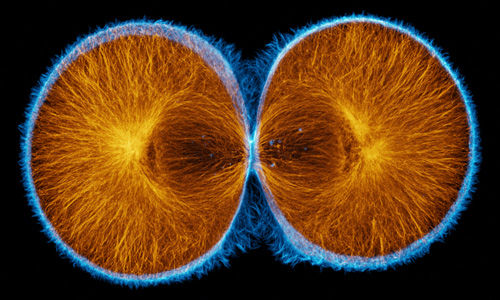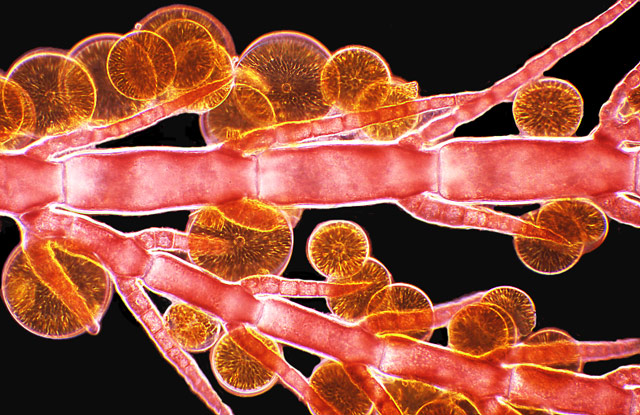Team:Virginia Tech
From 2011.igem.org
| Line 3: | Line 3: | ||
<!-- LORAN, put a better picture here pretty please; it'd be really great if you could make a header which includes the little navigation box and an image, to have at the top of every page (navigation box is currently at the bottom of this page; this random example that I found looks pretty simple, it's just a modified box with an image on top: https://2010.igem.org/Team:Baltimore_US; just press "view source" to see and steal their code --> | <!-- LORAN, put a better picture here pretty please; it'd be really great if you could make a header which includes the little navigation box and an image, to have at the top of every page (navigation box is currently at the bottom of this page; this random example that I found looks pretty simple, it's just a modified box with an image on top: https://2010.igem.org/Team:Baltimore_US; just press "view source" to see and steal their code --> | ||
<!-- Image at the top of each page --> | <!-- Image at the top of each page --> | ||
| + | [[Image:division.png|center]] | ||
[[Image:Virginia_Tech_logo.png|center]] | [[Image:Virginia_Tech_logo.png|center]] | ||
| + | [[Image:diatoms.png|center]] | ||
<!--- Navigation Box ---> | <!--- Navigation Box ---> | ||
Revision as of 01:27, 29 September 2011
| Home | Team | Official Team Profile | Project | Parts Submitted to the Registry | Notebook | Safety | Attributions |
|---|
 "
"


